Introduction: The Challenge of Chinese Public Transport
As a Westerner, arriving in China can feel like stepping into another world, especially when it comes to getting around.
Your familiar apps and payment methods suddenly become useless. There's no Uber, no Google Maps, and you can't simply use your Visa card for a quick tap-and-go on the subway.
But don't worry! It is not as complicated as it may seem.
After several trips to China, I've learned how to navigate its public transport system, and I'm here to share what I've learned.
Quick Summary
🚇 Best Option: Metro for city travel
📱 Must-Have Apps: AliPay, WeChat
💳 Payment: AliPay QR code scan, WeChat/AliPay, cash
👶 Kids Policy: Free under 1.2m height
💡 Pro Tip: Set up AliPay and WeChat before arrival
⚠️ Important: No need to download DiDi, can be used directly from WeChat
Recent Improvements in Chinese Transport for Foreigners
Our first trip to China was a mixed bag when it comes to ease of travel, with some ticket machines that only accepted Chinese ID cards, and WeChat occasionally not working with a foreign card.
Today, it's a completely different story. China's push for tourism has transformed the way foreigners can navigate its cities.
On our latest trip, we rarely used cash.
It turned out we also no longer need to buy tickets in the machines - we could simply set up AliPay's public transport tab and we were good to go, tapping in and out of the metro and buses.
Getting Around
The Metro System: An Efficient Option
The metro is arguably the best way to get around Chinese cities. Here's why:
- English is widely used on signs, announcements, and ticket machines.
- It's fast and efficient, especially during rush hours.
- It is clean and not too crowded, given you are not traveling in peak commuter time.
- You can use AliPay or ticket machines with English interface.
- There are toilets at the stations (usually also an accessible, Western style toilet is available)😄
Tip: Prepare AliPay transport tab in advance for the city you're visiting. It will save you time and confusion.
City Buses: Exploring Beyond Metro Lines
If you're feeling more adventurous or need to reach areas not served by the metro, consider taking a bus. It's more challenging than the metro, because you need to pay more attention where you need to get off. However, all buses now accept mobile payments, the same way as the metro, and it's an excellent way to see the city from a local's perspective.
Taxis and Ride-Hailing Services
For direct, hassle-free transport, taxis and ride-hailing services are available. Didi, the Chinese equivalent of Uber, is available as a "mini program" in WeChat out of the box, with English interface - no need to install additional apps. During our last trip was the first time we dared to use Didi, and it is super simple and convenient, so I would pick it anytime over a regular taxi. You don't need a Chinese phone number to use it, and you can text the driver in English (and receive his messages conveniently translated)
Traditional taxis are also an option, but make sure you have your destination written in Chinese characters. Also, hailing a taxi is often a challenge, especially at busy time, so it is much easier, and cheaper, to get a Didi.
Payment Methods for Public Transport
WeChat and AliPay are now the primary payment methods for public transport in China.
Some cities are even starting to accept international credit cards for tap-in, tap-out services.
However, it's always wise to keep some cash on hand for emergencies.
How to pay for metro with AliPay
It is super easy to set up AliPay to tap in/tap out of the metro (assuming you have set up AliPay using your international credit card).
Here is a guide to how to set up AliPay:
Step 1: Go to transport tab
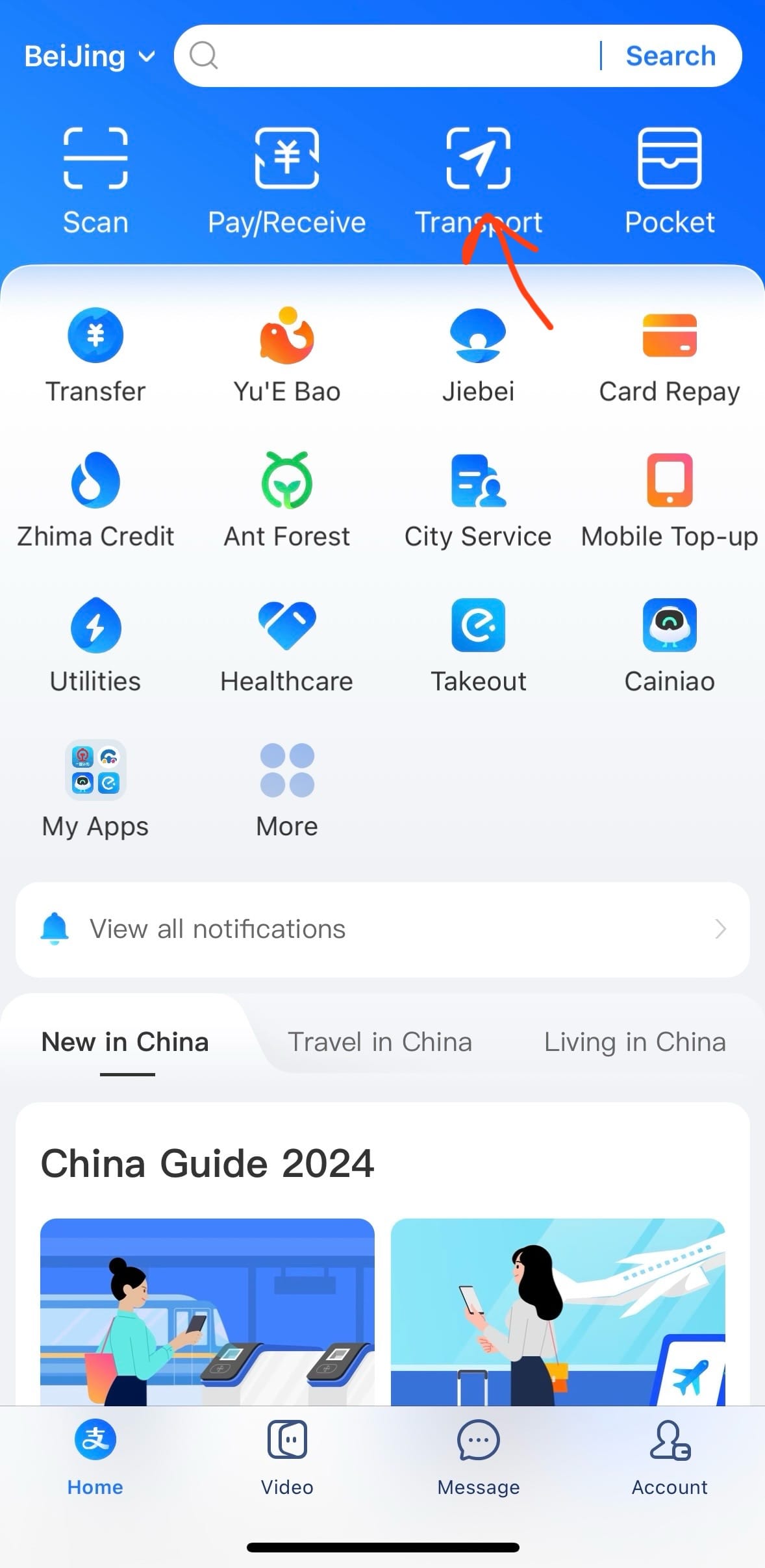
Step 2: Click on the city selection dropdown on the top
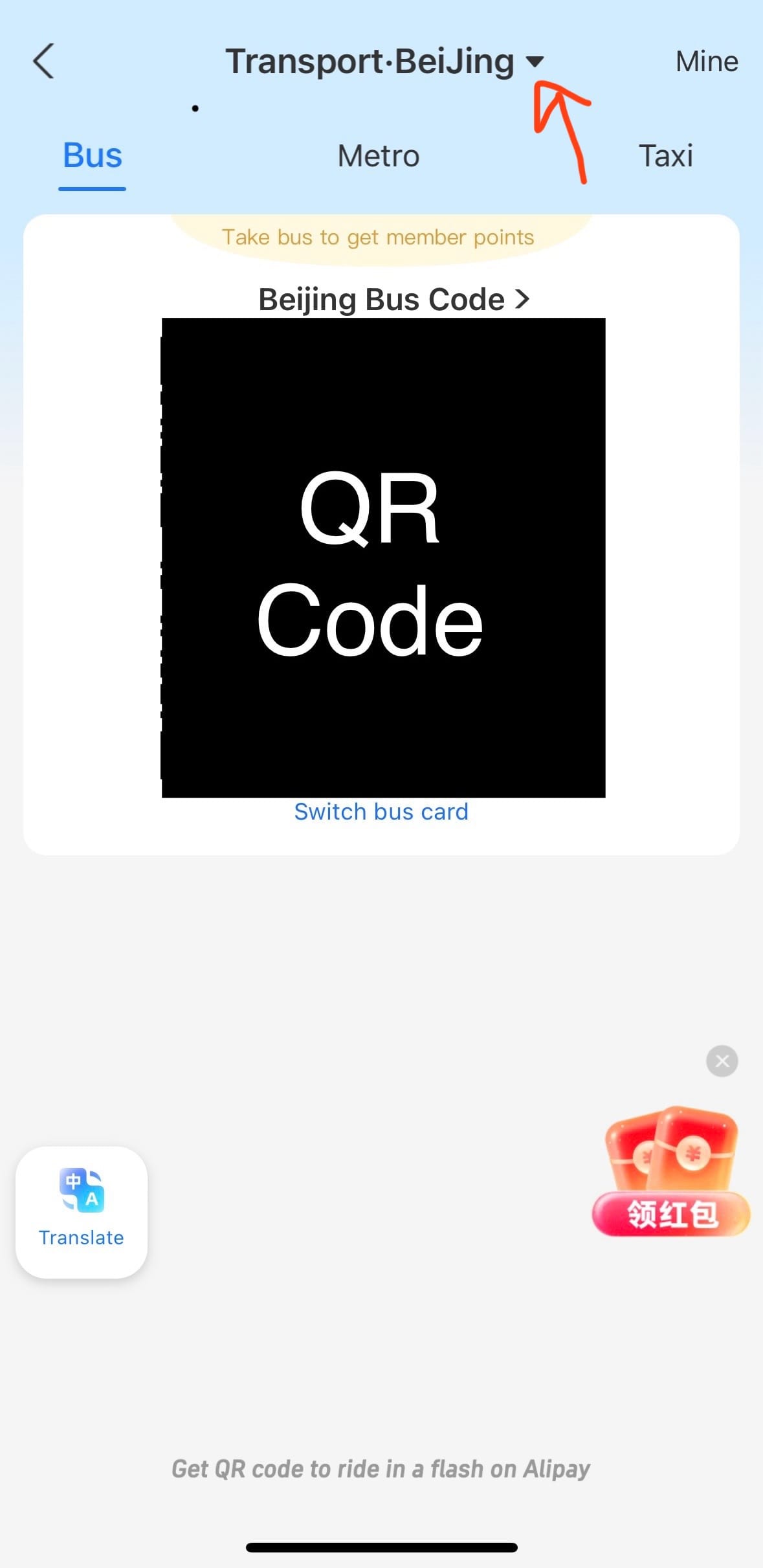
Step 3: Pick the city
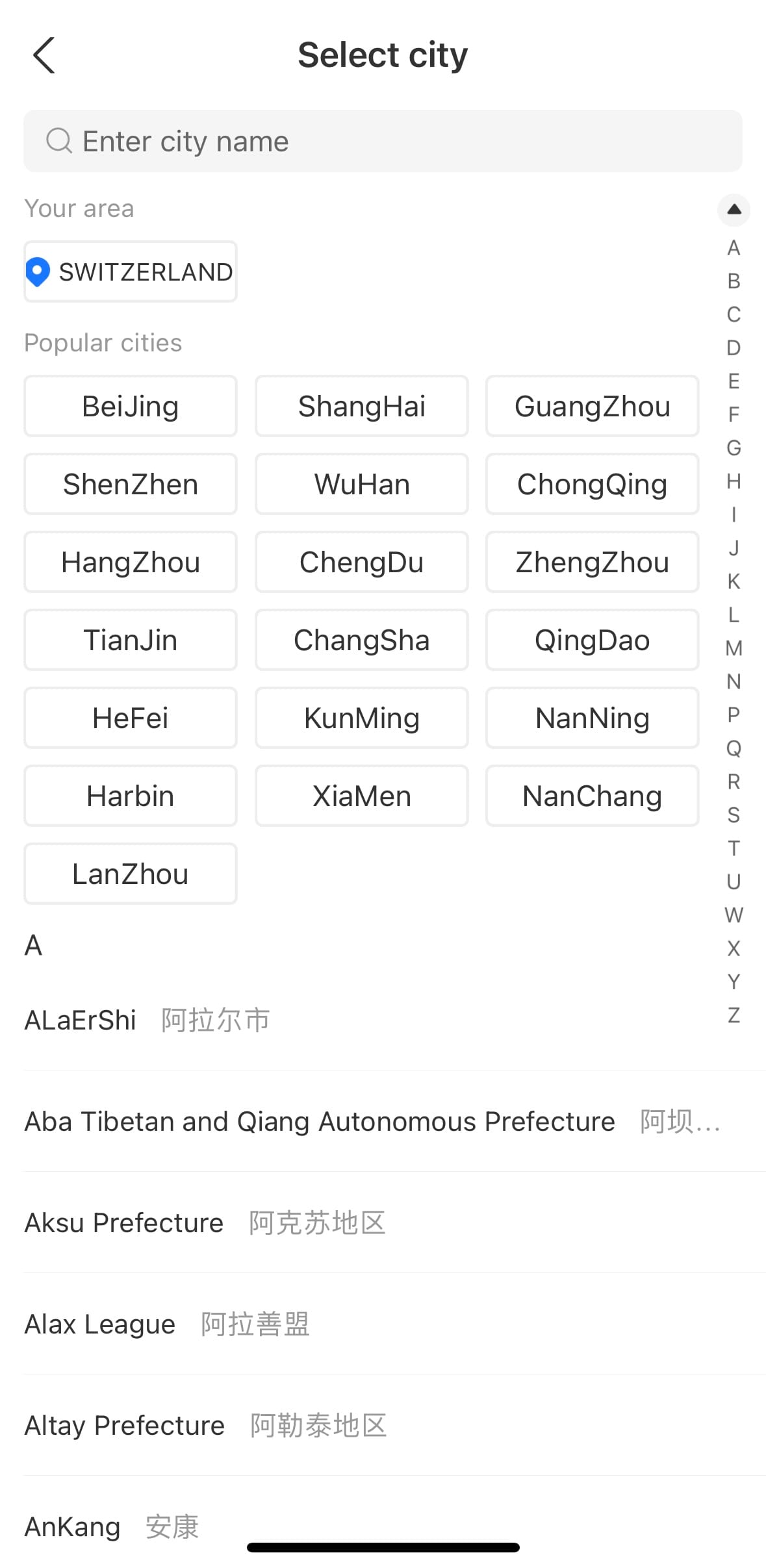
Step 4: Click “Get now” button
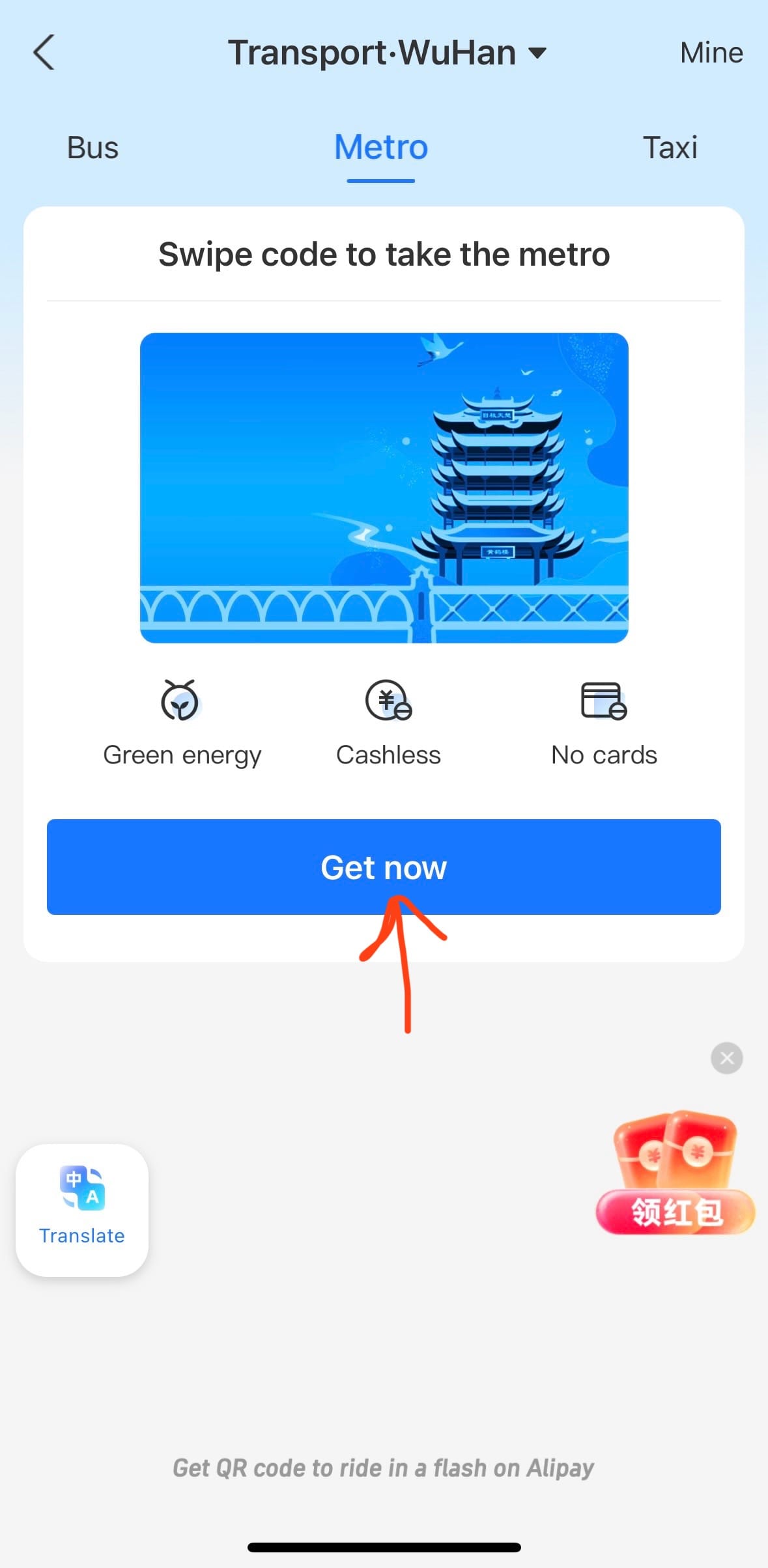
Step 5: Agree to terms and conditions and click “Agree and obtain” button
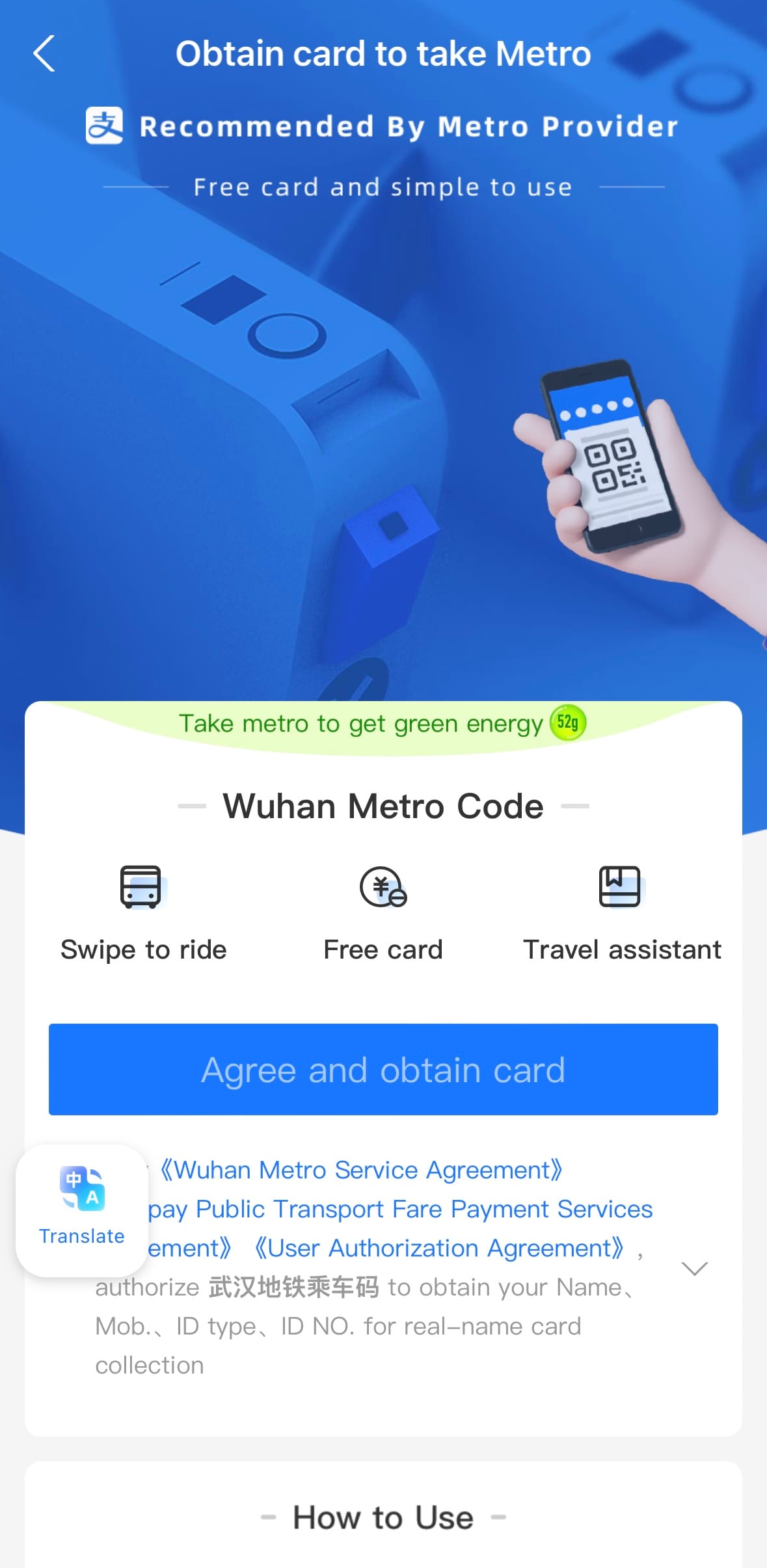
That’s it! As you can see the set up is super easy and only takes a minute.
You need to set it up for each city, for metro and buses separately.
Once set up, you are good to go to use the QR code to tap in and put of the metro and buses alike!
Navigation Apps for China
Since Google Maps doesn't work in China without a VPN or a data plan (and most importantly, it is completely outdated), try these alternatives:
- Gaode Maps - available only in Chinese, but it has all the points of interest you might look for and pictures. Very handy if you have a Chinese address.
- Apple Maps - China is probably the only place in the world that I would recommend using Apple Maps, it is terrible, but it does have majority of places marked and up to date public transport information.
- What3Words - this is a great app, allowing you to mark any place in the world by using precise location that is a combination of unique 3 words.
Understanding Chinese Public Transport Etiquette
To blend in with locals:
- Keep conversations quiet on the metro
- Queue up in lines for boarding in most cities
- Be prepared for crowded conditions during rush hours
- There are security checks before the gate
- You are not allowed to eat or drink on the metro
Using public transport with kids
Children up to 1.2m of hight are allowed to travel free of charge.
People are very friendly and helpful, and they will try to give up their seat if you are traveling with small children.
There are priority seats for elderly, disabled, pregnant and people with small kids, so if you are struggling, try asking someone to let you sit.
Conclusion
While Chinese public transport used to be challenging for foreigners, it has become much more accessible in recent years. With some preparation and the right apps, you can navigate Chinese cities efficiently.
Remember, part of the experience is learning to navigate a new system. So embrace the challenge, download the necessary apps, and enjoy exploring China's vibrant cities via its public transport network.

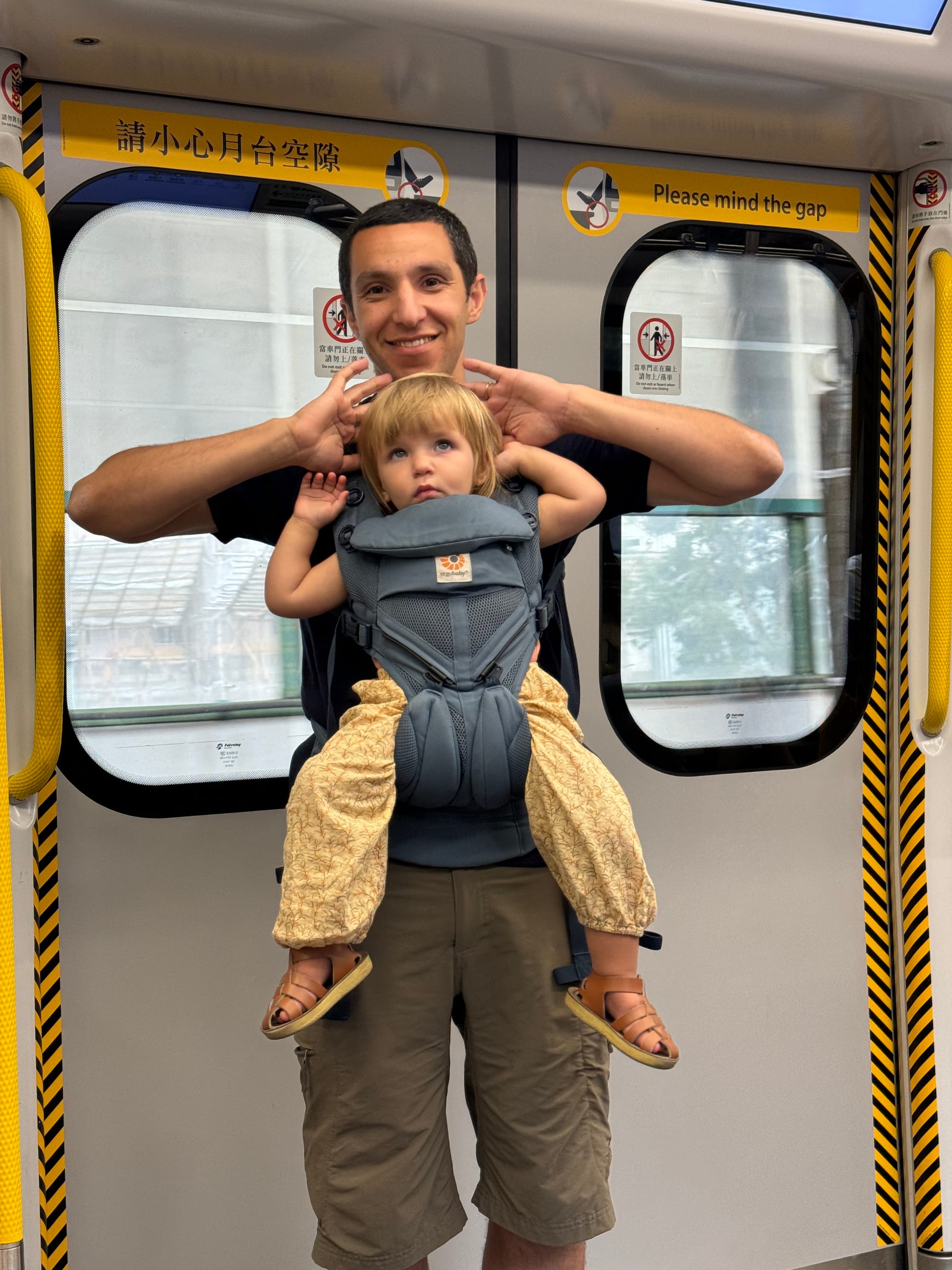




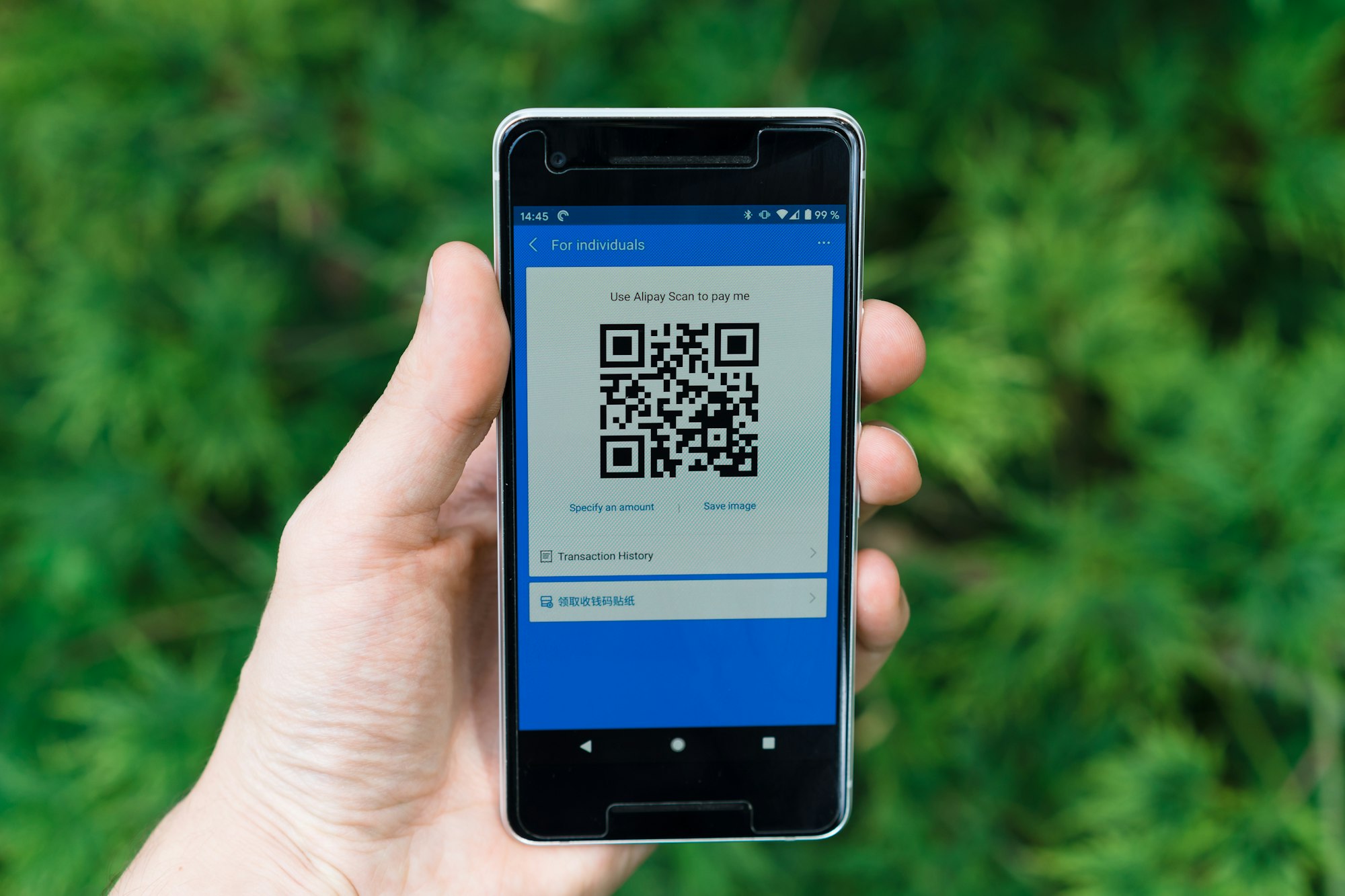

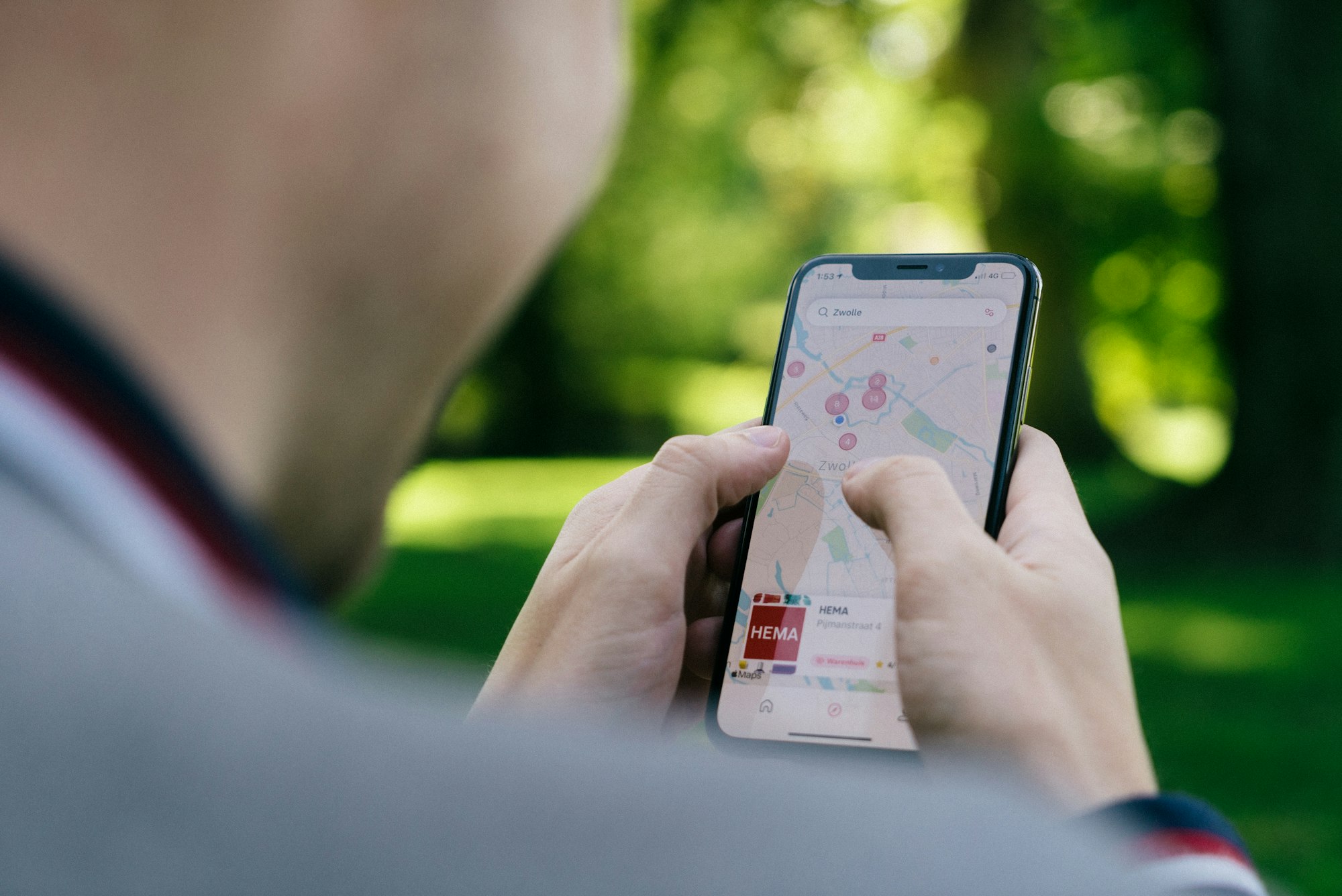

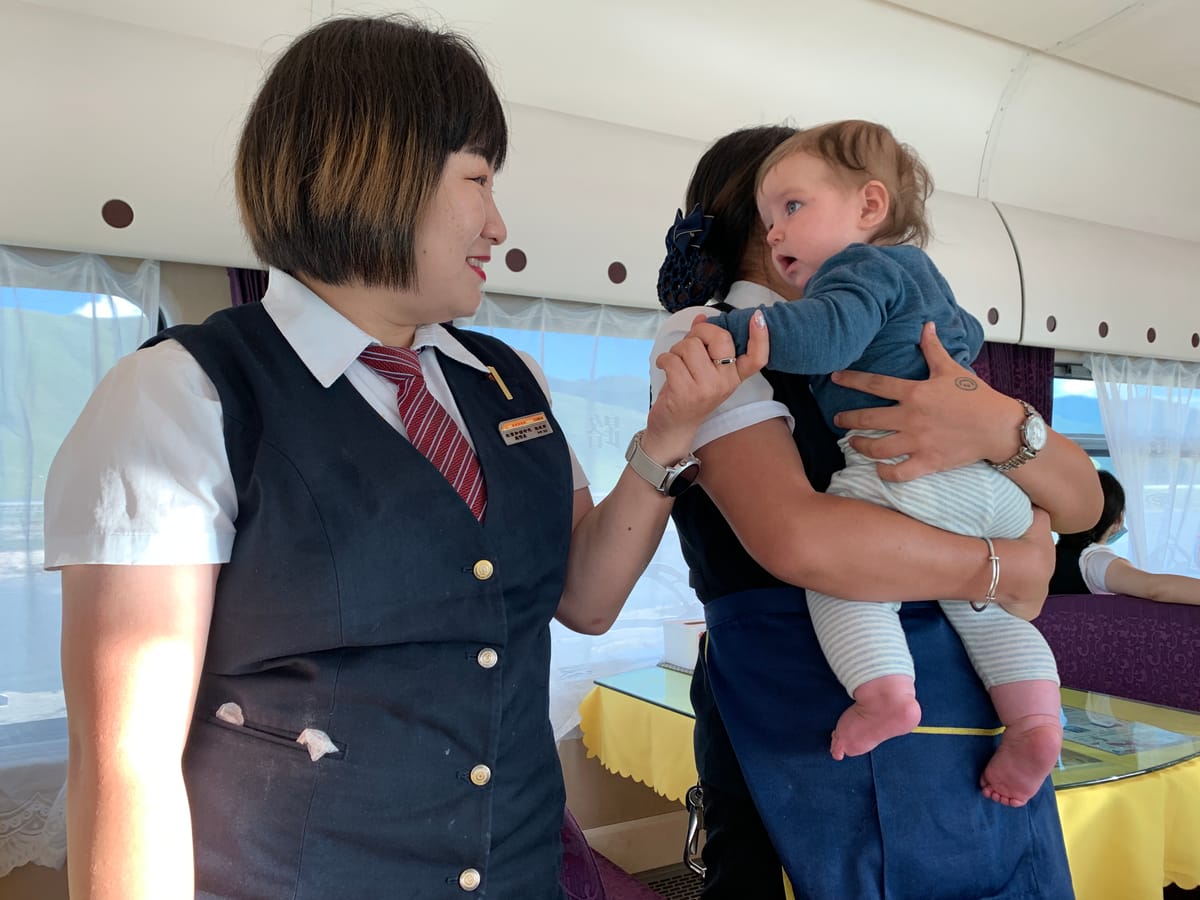

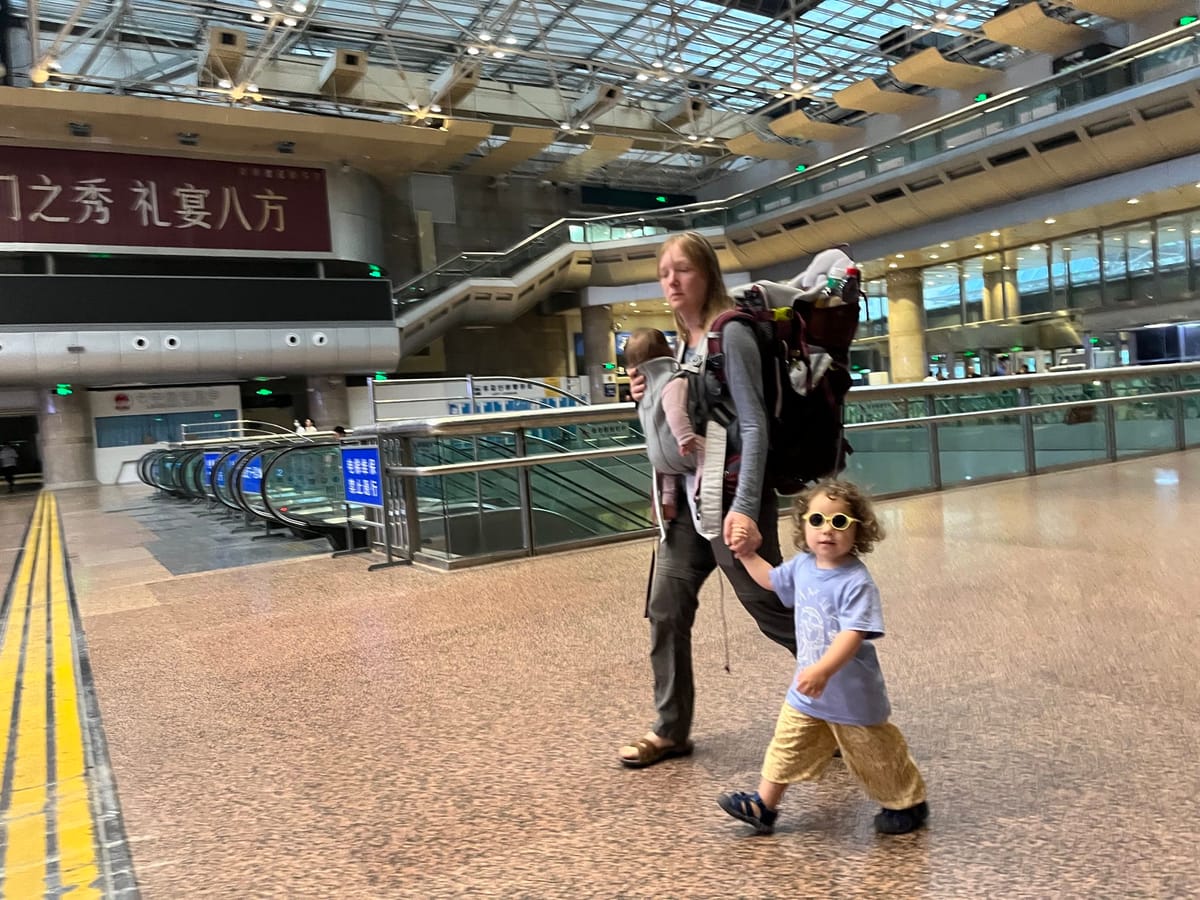





Member discussion